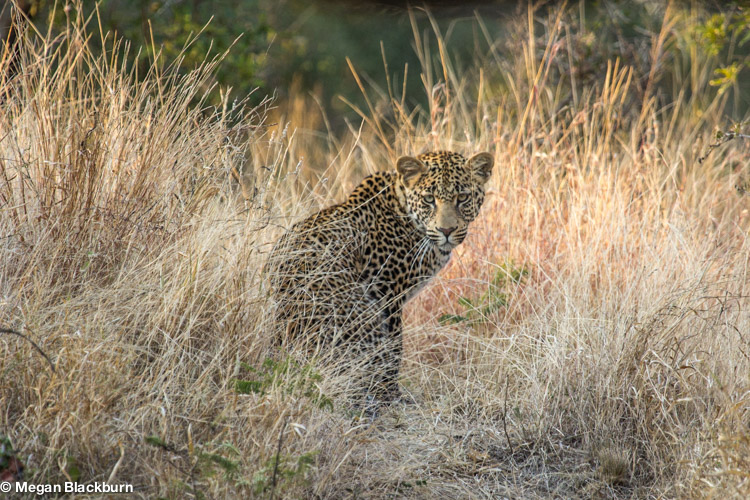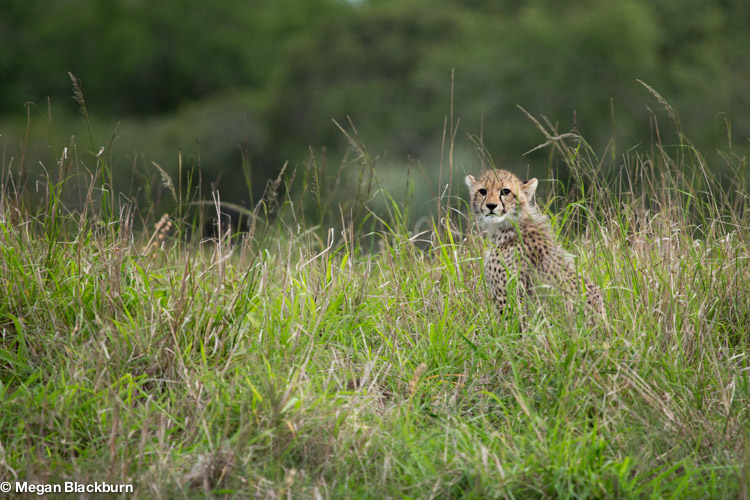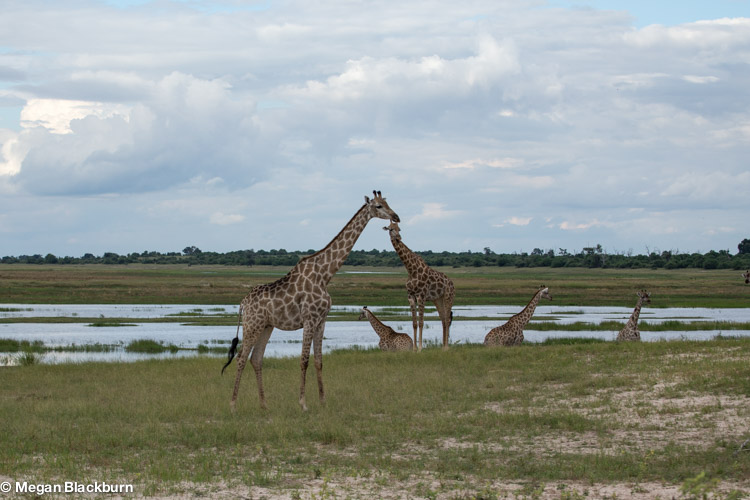
When is the Best Time to Go on Safari?
Given the expense and travel time needed to go on safari from the United States, visitors understandably want their safari holiday to be perfect. One of the first questions people planning their dream vacation is, “when is the best time to go on safari.” And my answer is, there is no best time of the year, but there are some real differences between the seasons. In order to not be disappointed, it is best to do some research before you depart on your specific destination. While I escape to the bush whenever possible no matter the season, I do think May/June as well as November/December are generally spectacular.
First and foremost (and while this should go without saying) the seasons are opposite of those in the northern hemisphere. While the U.S. is bundled up for sub-zero temperatures, South Africans are barefoot and frolicking on the beach. Winter months in Southern Africa are milder than in most parts of the U.S. with lows hovering between 40 – 45 degrees Fahrenheit, but summer can be hot and humid. Spring months bring terrific thunderstorms with unbelievable lightening displays. During the summer months rain is likely, although it is unlikely that it will rain for several consecutive days. Winter months can be bone dry. I was astounded during my first winter in Johannesburg by the cloudless, blue skies and in five months, it only rained once.
Because of the paucity of rain during winter months (June – August), the bush dries out and turns golden. It is easier to spot the animals through the thinning grasses and thickets. Overall sight lines improve. Water also becomes scarce meaning animals are often found close to watering holes and rivers, taking the guess work out of tracking them. You will also get a bit more sleep during the winter months as the wake up call for the morning game drive is pushed to 5:30am and with the sun setting around 5:30pm, night drivers are shorter. During the height of winter these drives are also quite chilly and you will need to bundle up in hats, gloves, and warm jackets. The days can still be quite pleasant. I was in the Timbavati (near Kruger National Park) in mid-June and it was still warm enough at the height of the day to put on a swimsuit and lay in the sun. Perhaps counter-intuitively this is when the Okavango Delta in Botswana is at its peak since the river is fed by rains in Angola instead of local rains that come during spring and summer. If you plan on adding Cape Town to your safari itinerary, winters can be cloudy and rainy. Again, why it’s important to check your planned destination. Southern Africa covers a large area and the weather is not homogenous across the entire territory.
Before you book a winter trip, there are some advantages of traveling in spring (September – November) and summer (December – February), despite the increasing heat and humidity. September and October can be quite hot (90-95 degrees Fahrenheit), especially if the rains are late, but this time of year often offers some of the most spectacular game viewing because of the scarcity of water. November and December are the best months to see babies. While not all animals have their young at this time of year, seeing a day old impala wobble on shaky legs or a warthog piglet dart and do donut holes with its siblings is makes these months two of my favorites. The babies also make easy snacks for the predators and it is not uncommon to see recently killed impala young. As summer progresses, the bush becomes green and vibrant lending color and contrast to photographs. The animals are more spread out because water is more plentiful. Game viewing can be erratic and its possible to drive for a longer periods of time without even seeing an impala. But when you find something, it is all the more rewarding. If you are into birds, January and February are excellent months to see the migratory birds of Southern Africa.
Of course all of this is merely a guideline. One of the best drives I have been on was in January during a light rain which should have translated into terrible game viewing, but we managed to see the big five, including a leopard grooming her young cub. In mid-June when the game viewing is at its peak, I spent an incredibly windy long weekend searching and searching for animals. Windy days affect wildlife viewing as the many of the herd animals are less relaxed and hide in the thicker areas. The wind dulls their hearing and predators can more easily sneak up on them leading to some understandable anxiety.
Just remember this is the bush and the time of year will hardly predict whether you will have terrific or mediocre game viewing. This is why a quality ranger and tracker are critical. Not only will they have better success finding the animals even when wildlife is more dispersed, but they are knowledgable about birds, trees, flowers, insects, reptiles, and even stars which can be just as interesting as the large mammals.
There is no bad time to go on safari and no matter the time of year, I guarantee you will have an incredible time.






Thanks Megan. Always a good read.